Southern Chile vacation, Lake District and Patagonia
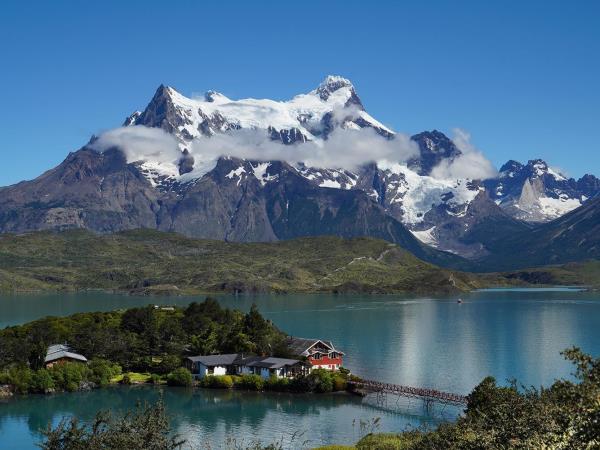
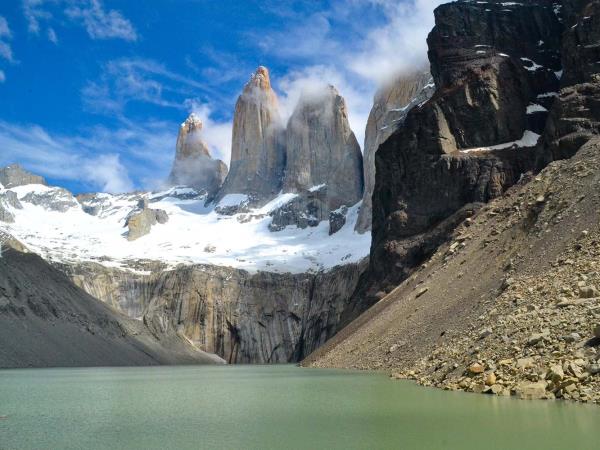
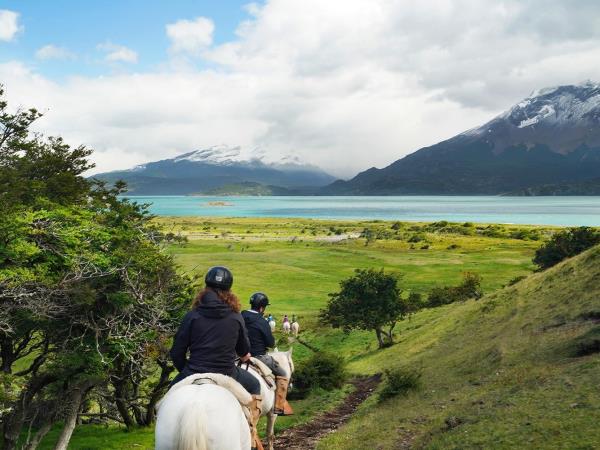
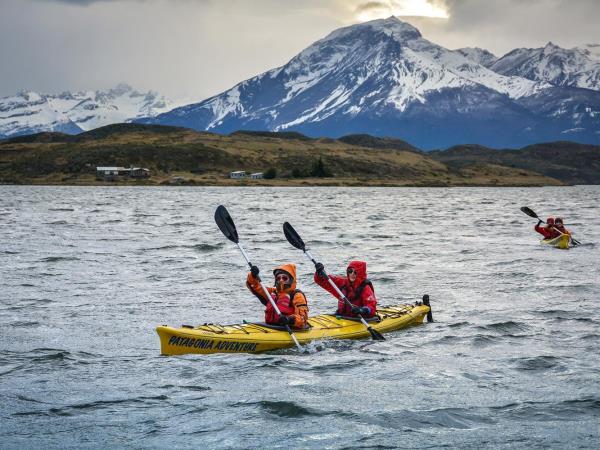
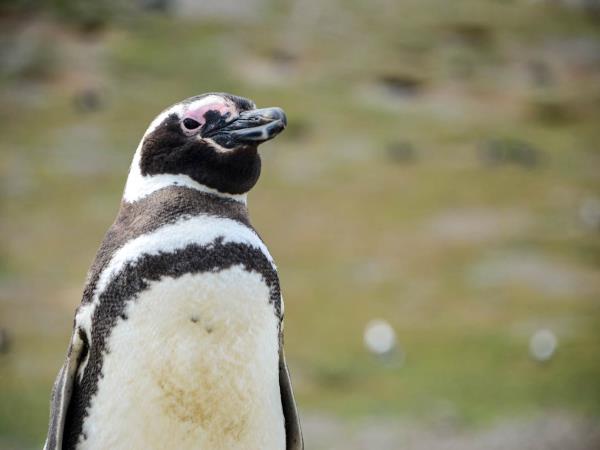
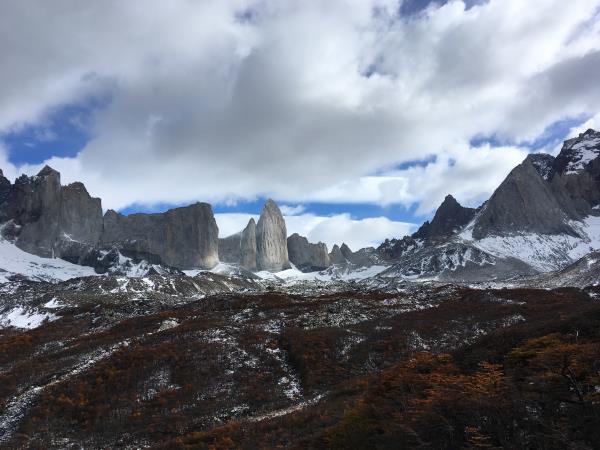
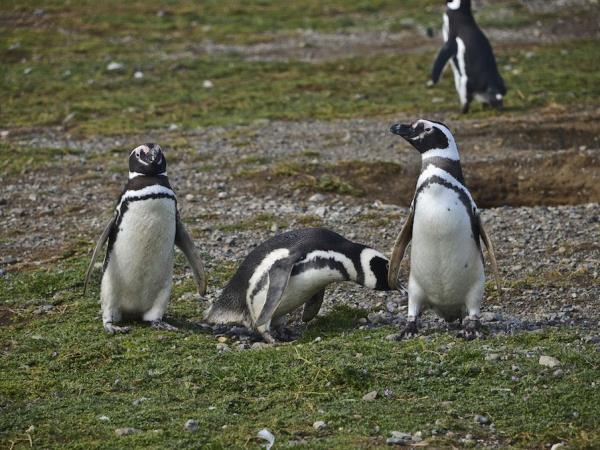
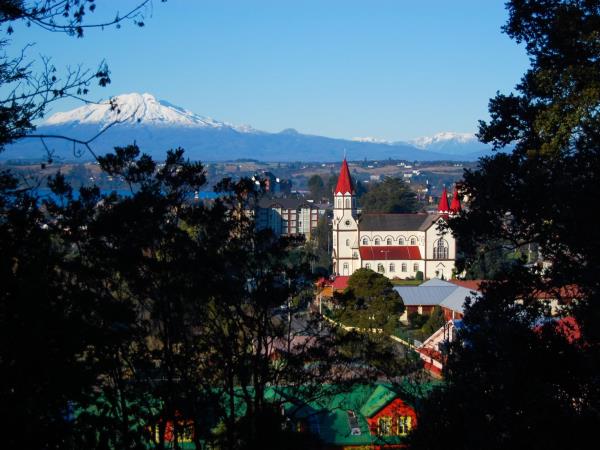
Price
US $4620 excluding flights
Description of Southern Chile vacation, Lake District and Patagonia
Price information
Departure information
This trip can be tailor made throughout the year to suit your requirements
Travel guides
Jagged rocky fingers, reaching into the Patagonian sky, glow blood-red in the early morning sunshine; at sunrise, Torres del Paine’s iconic ‘towers’ a...
A Patagonia vacation stirs the heart of every red-blooded adventurer. The promise of calving glaciers, of penguin-peppered ice fields, of remote island...
Responsible Travel
As the pioneers of responsible tourism, we've screened this (and every) vacation so that you can travel knowing it will help support the places and people that you visit, and the planet. Read how below.
Planet
Experiencing Patagonia’s majestic, untouched wildernesses is one of the primary reasons people make the long trip all the way to the tip of South America, so it is absolutely essential that we and everyone involved in Patagonian tourism are committed to the ongoing, long-term conservation of this region. In addition to the national parks we visit on this itinerary, we also visit smaller, lesser-known protected areas, which broadens the horizons of our guests, reduces impact and foot traffic at the popular parks, and shows that lawful protections of local lands and wildlife should be extended beyond the bounds of the national parks.A perfect example of this is found at Last Hope Sound, a stunning area of mountains, glaciers, forests, and fjords located near the popular Torres del Paine National Park. Even though this beautiful, pristine area is just across the water from the town of Puerto Natales, the gateway to Torres del Paine and a frequent stop for travelers, it’s often overlooked by visitors. But the fjords are spectacular and generally devoid of crowds, so you’re more likely to find the remote, off-the-beaten-path, “authentic” Patagonian experience you crave there. But in recent years, areas like this and other important rivers and waterways in Southern Chile have been threatened by the salmon farming industry and other business developments. By offering activities like kayaking in Eberhard Fjord near Last Hope Sound and visiting historic sites in the area like Estancia La Peninsula (a sheep farm that has converted thousands of hectares back to protected grasslands), we demonstrate the necessity for environmental and cultural protection for these places, as well as showing that there is a demand by travelers to see and experience lesser-known destinations. And investing in conservation and sustainable tourism is also good for local economies, as it provides well-paying, steady jobs for locals and further reinforces local support of environmental protections.
Our local Patagonian suppliers implement various sustainable practices, such as using solar panels for energy and reducing or entirely eliminating the use of plastics. Driving long distances in Patagonia is a necessary evil as the region is so vast, but we use a special fleet of transport vehicles that reuses treated water from local businesses, thereby reducing water usage and pollution in the area. When out and about in nature, we strictly adhere to Leave No Trace principles, giving local wildlife like pumas and guanacos plenty of room, staying on the trail, not feeding wildlife, removing trash, and so on.
People
One of the most enriching elements of this itinerary is the opportunity to connect with local people, which exposes travelers to the region’s unique regional culinary experiences and gives them the chance to learn more about local culture and history. Patagonia is home to a diverse, multicultural population from all over the world, and through our regional connections and local guides and staff who hail from the Magallanes and Lakes District regions, we’re able to connect our travelers with locals who’ve been living here for years or even generations.In the Lakes District, our partner is an active, local leader in sustainability, enforcing and promoting practices like the elimination of plastic bags and training the community in matters of environmental responsibility. As the Lakes District is also the ancestral home of some of Chile’s oldest indigenous groups, we’ve also arranged respectful visits to some of these communities to allow guests to learn about and understand their culture and traditions. Experiences like this foster cultural exchange and offer financial support to the communities when visitors purchase gifts from local artisans.
Patagonia’s extreme remoteness means that importing foods and other goods from elsewhere in the country is not only extremely expensive but also carries a massive carbon footprint, so throughout our journey around Patagonia, we only use food products provided by small, local producers. By only using locally-obtained foods and ingredients, our guests also gain a deeper understanding and appreciation of the culinary and cultural heritage of Patagonia, such as when we visit local chef Mickael’s house for his specially-prepared dinner or when we try the traditional Patagonian asado at Estancia La Peninsula. This philosophy and dedication to only using locally-obtained goods also holds true of our other trips and activities elsewhere in Chile, such as during the “Bites of Santiago” foodie tour that gives visitors their first introduction to Chilean gastronomy.
Popular similar vacations
Patagonia self-drive vacaton
From £2895 10 days including domestic flights only
10 days - Torres del Paine, Calafate & Perito Moreno
Torres del Paine W trek in Patagonia
From US $2205 - US $2286 6 days excluding flights
Experience an incredible adventure in Torres del Paine
Patagonia 5 day adventure vacation
From US $1310 - US $1660 5 days excluding flights
Torres del Paine, El Calafate and Perito Moreno Glacier










